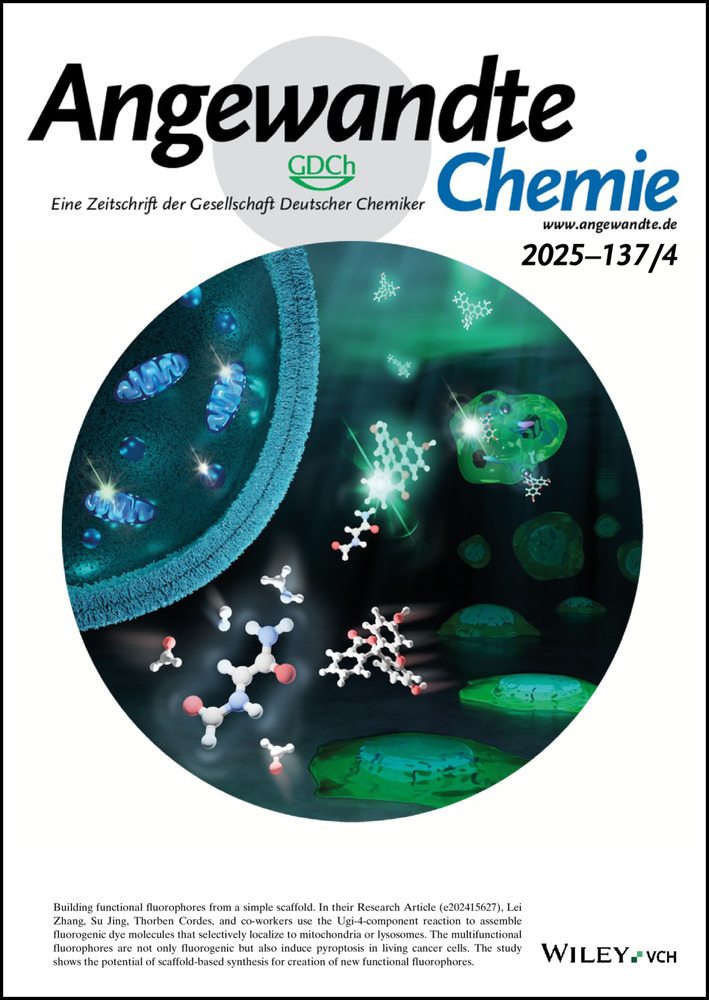Rapid yet Controlled Synthesis of 2D Covalent Organic Framework Nanocapsules as High-Performance Photocatalytic Carriers
Abstract
Synthesis and assembly of two-dimensional (2D) polymeric materials present a tricky trade-off between the high reaction rate and precise morphology control. Here we report a nanoconfined synthesis of imine-based 2D covalent organic frameworks (COFs) at the interface of oil-in-water (O/W) emulsion droplets stabilized by cationic surfactants. Highly uniform nanocapsules (NCs) could be prepared without adding extra catalysts at room temperature in just 4.5 h at a yield of 86 %. The NCs have tunable average diameters of 114–565 nm and shell thicknesses of 12–63 nm, depending on the monomer and surfactant types/concentrations. Their BET-specific surface areas are up to 139.0 m2/g, mainly contributed by narrowly-distributed mesopores at ~5.0 nm and micropores at 1.4 nm at a volume ratio (V1.4/V5.0) of 1.68. The surfactant plays the role of a catalyst during the reaction and interestingly, it also regulates the formation of mesopores and their sizes. Both theoretical and experimental studies confirm that the reaction has been accelerated by two orders of magnitude at the microdroplet interface, compared to that without emulsification. The resulting NCs could be well dispersed in water for at least six weeks with little size-distribution change, and they have been demonstrated to be highly efficient nanocatalysts in application of water-based hydrogen evolution, reaching a stable hydrogen production rate at 10.2 mmol ⋅ g−1 ⋅ h−1 for 6 hours. Such microdroplet interface-confined synthesis may facilitate the future development of 2D polymeric materials for more advanced applications.
Open Research
Data Availability Statement
The data that support the findings of this study are available from the corresponding author upon reasonable request.




